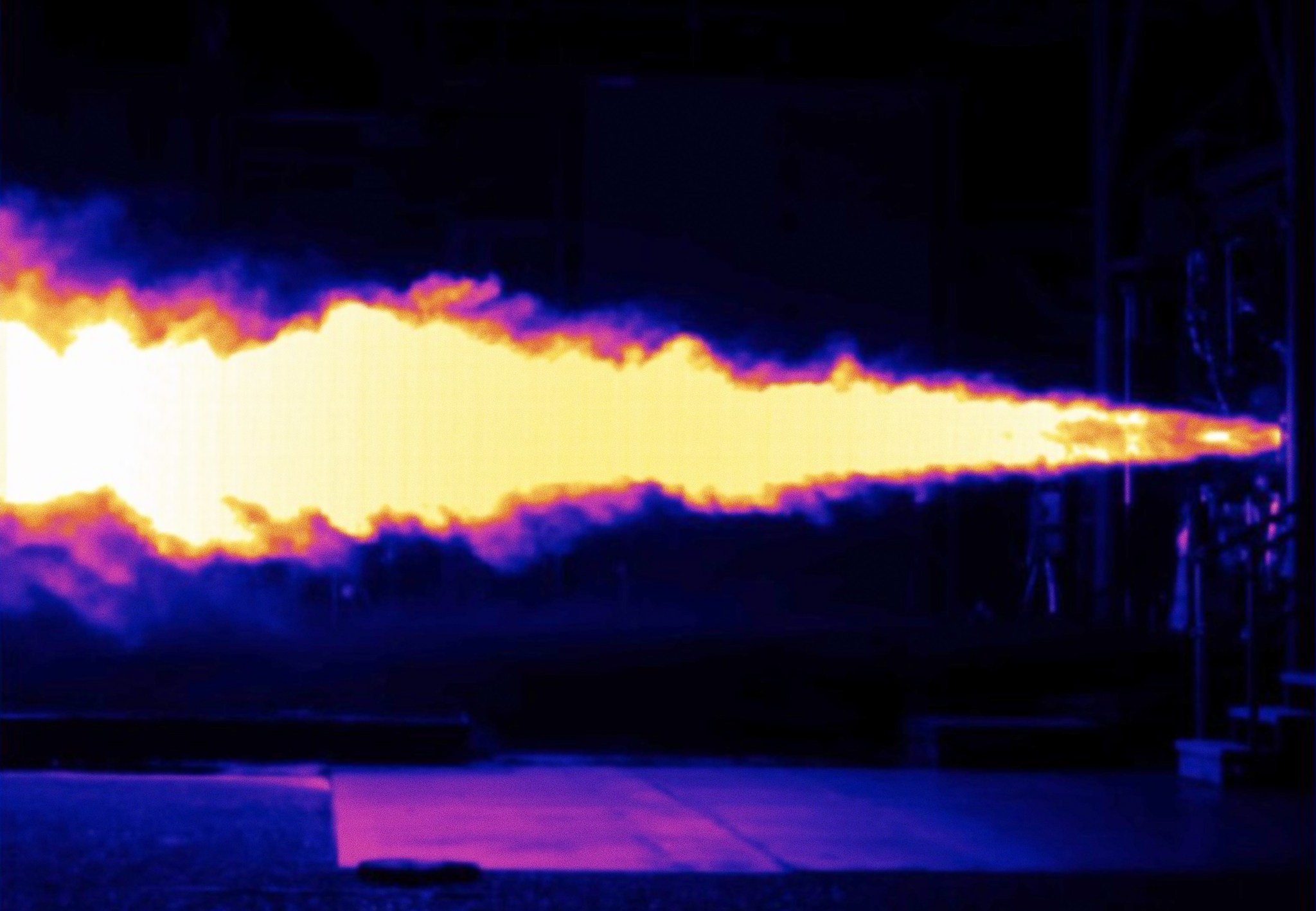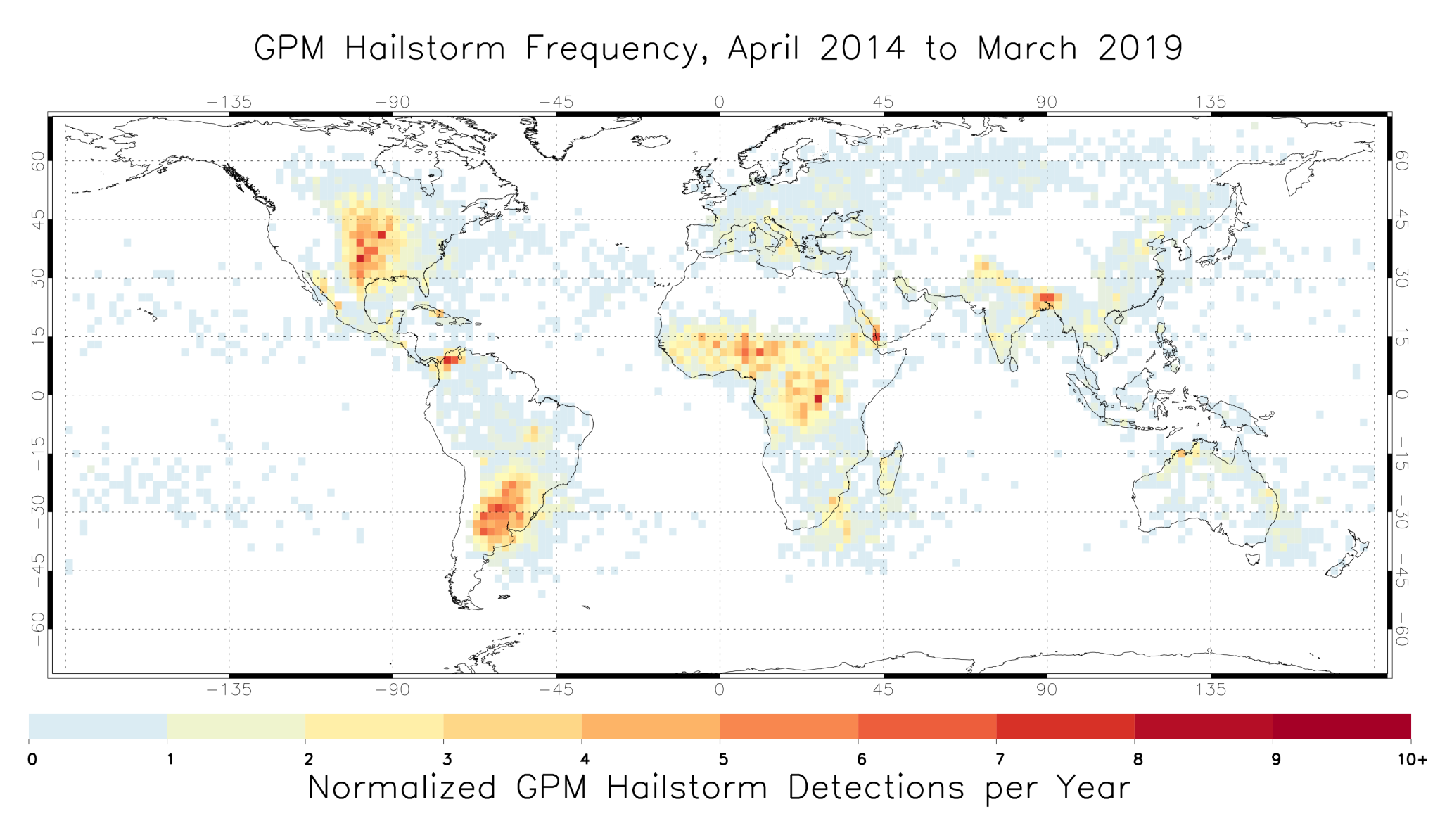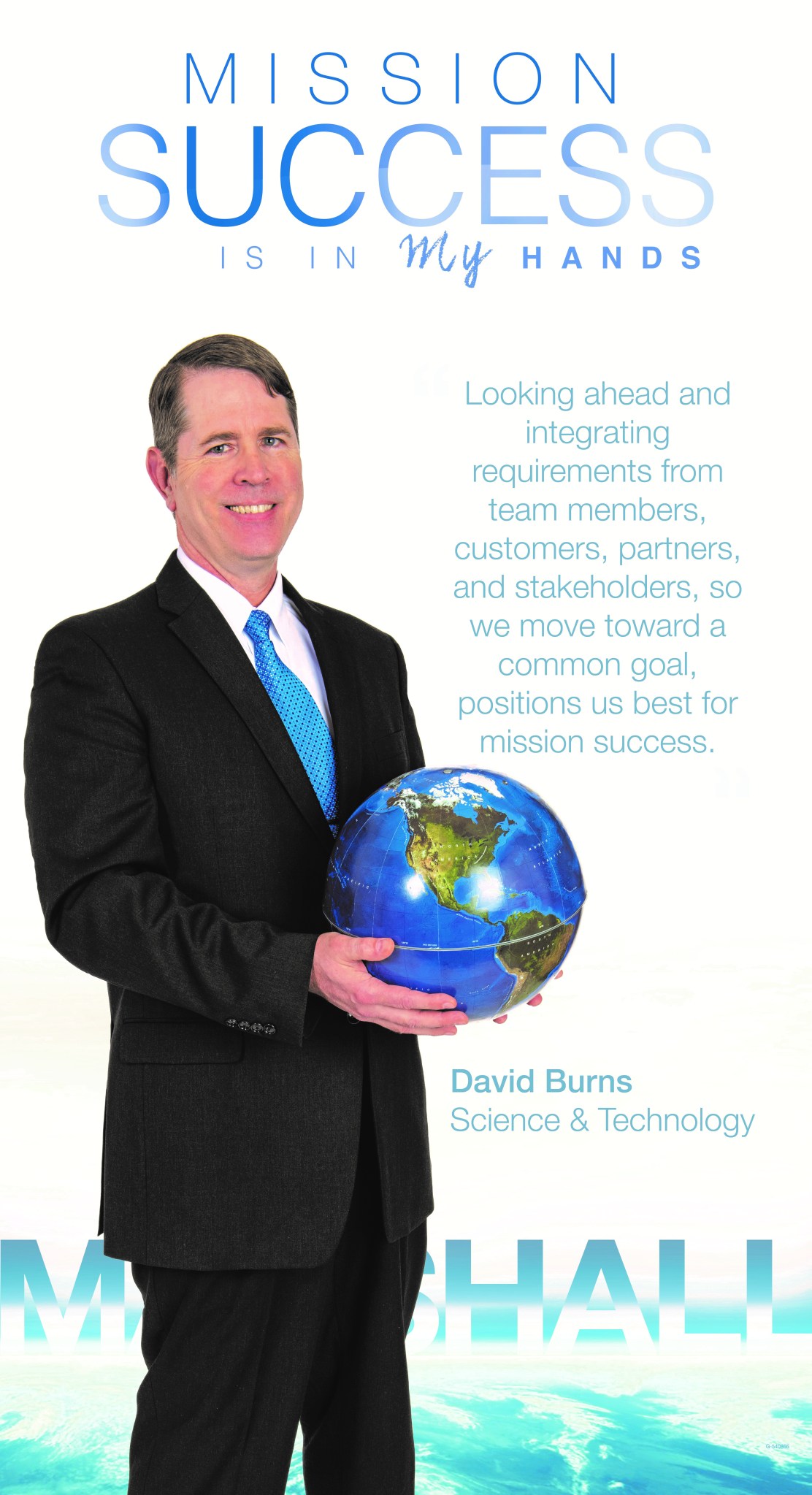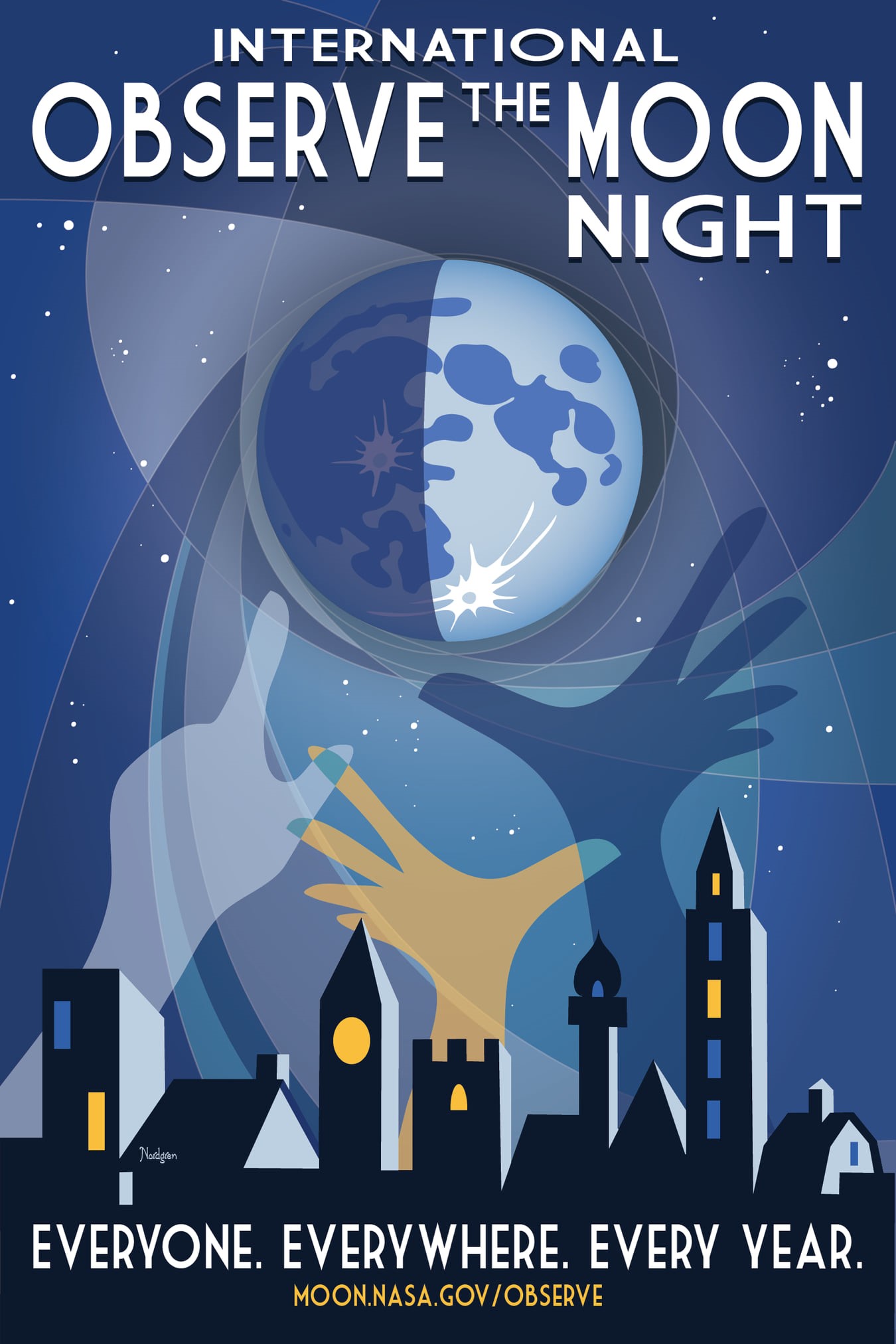In This Week’s Star
- NASA Publishes Artemis Plan to Land First Woman, Next Man on Moon in 2024
- Hardware Testing Heats Up at Marshall Test Laboratory
- Helping to Insure a Safer Future: Langley, Marshall Lead NASA Hailstorm Studies
- Mission Success is in My Hands: David Burns
- Sheila McDonald, Philip Cauthen Honored as HEO HErO
- Time to Look Up: NASA Celebrates International Observe the Moon Night
- Dynetics’ Andy Crocker to Deliver Virtual Tech Talk
- SLS Milestone Highlighted on ‘This Week @NASA’
- This Week in NASA History: Flight of HEROES – Sept. 21, 2013
NASA Publishes Artemis Plan to Land First Woman, Next Man on Moon in 2024
Following a series of critical contract awards and hardware milestones, NASA has shared an update on its Artemis program, including the latest Phase 1 plans to land the first woman and the next man on the surface of the Moon in 2024.
In the 18 months since NASA accepted a bold challenge to accelerate its exploration plans by more than four years and establish sustainable exploration by the end of the decade, the agency has continued to gain momentum toward sending humans to the Moon again for the first time since the last Apollo lunar mission in 1972.
“With bipartisan support from Congress, our 21st century push to the Moon is well within America’s reach,” NASA Administrator Jim Bridenstine said. “As we’ve solidified more of our exploration plans in recent months, we’ve continued to refine our budget and architecture. We’re going back to the Moon for scientific discovery, economic benefits, and inspiration for a new a generation of explorers. As we build up a sustainable presence, we’re also building momentum toward those first human steps on the Red Planet.”
In its formal plan, NASA captures Artemis progress to date, identifying the key science, technology, and human missions, as well as the commercial and international partnerships that will ensure that the agency continues to lead in exploration and achieve its ambitious goal to land astronauts on the Moon.
The agency’s powerful new rocket, the Space Launch System, and the Orion spacecraft are closer than ever to their first integrated launch. The spacecraft is complete while the core stage and its attached four engines are undergoing a final series of tests that will culminate in a critical hot fire test this fall.
Following a successful hot fire test, the core stage will be shipped to the agency’s Kennedy Space Center for integration with the spacecraft. NASA will launch an SLS and an Orion together on two flight tests around the Moon to check performance, life support, and communication capabilities. The first mission – known as Artemis I – is on track for 2021 without astronauts, and Artemis II will fly with crew in 2023.
In the Phase 1 plan, NASA notes additional details about conducting a new test during the Artemis II mission – a proximity operations demonstration. Shortly after Orion separates from the interim cryogenic propulsion stage, astronauts will manually pilot Orion as they approach and back away from the stage. This demonstration will assess Orion’s handling qualities and related hardware and software to provide performance data and operational experience that cannot be readily gained on the ground in preparation for rendezvous, proximity operations, and docking, as well as undocking operations in lunar orbit beginning on Artemis III.
While preparing for and carrying out these flight test missions, NASA already will be back on the Moon robotically – using commercial delivery services to send dozens of new science investigations and technology demonstrations to the Moon twice per year beginning in 2021.
In 2024, Artemis III will be humanity’s return to the surface of the Moon – landing the first astronauts on the lunar South Pole. After launching on SLS, astronauts will travel about 240,000 miles to lunar orbit aboard Orion, at which point they will directly board one of the new commercial human landing systems, or dock to the Gateway to inspect it and gather supplies before boarding the landing system for their expedition to the surface.
Wearing modern spacesuits that allow for greater flexibility and movement than those of their Apollo predecessors, astronauts will collect samples and conduct a range of science experiments over the course of nearly seven days. Using the lander, they will return to lunar orbit before ultimately heading home to Earth aboard Orion.
Work is progressing rapidly on the Gateway. NASA will integrate the first two components to launch – the power and propulsion element and the habitation and logistics outpost – in 2023. This foundation for the Gateway will be able to operate autonomously, conducting remote science experiments when astronauts are not aboard. NASA has selected the first two science instrument suites to conduct space weather investigations in lunar orbit before crew visits.
While NASA has not made a final decision to use the Gateway for Artemis III, Artemis IV and beyond will send crew aboard Orion to dock to the Gateway, where two crew members can stay aboard the spaceship in orbit while two go to the surface. Over time, the outpost will evolve, with new modules added by international partners, allowing crew members to conduct increasingly longer lunar missions.
As detailed in the agency’s concept for surface sustainability earlier this year, an incremental buildup of infrastructure on the surface will follow later this decade, allowing for longer surface expeditions with more crew. That concept calls for an Artemis Base Camp that would include new rovers, power systems, habitats, and more on the surface for long-term exploration of the Moon.
Throughout the Artemis program, robots and humans will search for, and potentially extract, resources such as water that can be converted into other usable resources, including oxygen and fuel. By fine-tuning precision landing technologies as well as developing new mobility capabilities, astronauts will travel farther distances and explore new regions of the Moon.
Hardware Testing Heats Up at Marshall Test Laboratory
By Janet Sudnik
Every piece of hardware flown in space is first tested rigorously on the ground to ensure that it can perform in extreme environments. Engineers at NASA’s Marshall Space Flight Center operate a sophisticated set of custom-built testing facilities to simulate these conditions, and recently concluded several test series for industry partners on various engine parts that could help humans explore the Moon and beyond.
“The advanced testing we performed in these facilities along with our expert workforce are essential for proving hardware for spaceflight to support the Artemis missions that will carry and sustain a human presence on the Moon,” said Nick Case, chief of Marshall’s Propulsion Test Branch, which operates the facilities. “We are very pleased that we have been able to resume testing and make forward progress while keeping our team and our customers safe.”
One of these advanced facilities is Test Facility 116 – an open steel test stand structure, primarily used for subscale testing, with three adjacent test bays that can host large-scale and full-scale testing. The test stand is one of several at Marshall that provides an optimum environment for testing of smaller hardware items critical to rocket engines and their spacecraft, such as turbopumps, combustion chambers, or valves. Housed within Marshall’s East Test Area, test engineers support work and projects for NASA programs as well as industry partners and customers. A series of tests – often called a campaign – help engineers evaluate and prove the performance of various components in specific conditions and scenarios.
This summer, Marshall engineers worked with Blue Origin of Kent, Washington, to perform a series of hot fire tests on Blue Origin’s BE-7 engine thrust chamber assembly prototype. The BE-7 is an additively manufactured, or 3D-printed, engine made to power in-space systems that are under development for various applications. This testing demonstrated features specifically enabled by additive manufacturing to provide high performance, and tested chamber pressures across the full throttle range. The BE-7 will power Blue Origin’s commercial cargo lunar lander system for both government and commercial customers.
Because of recent challenges presented by the COVID-19 outbreak, test area workers across the East Test Area have taken extra safety precautions to allow work to continue, which include utilizing a mobile control room where tests can be monitored while keeping workers spatially distant. During testing series, engineers can collect data and monitor how the test article performs. Between tests, they can adjust parameters if needed, and perform safety checks.
In August, a 22-second hot fire test helped NASA and Northrop Grumman Corp. – the solid rocket booster prime contractor for NASA’s Space Launch System rocket – evaluate a new nozzle material for the SLS solid rocket boosters. Such material changes are checked out in phases from subscale to full-scale tests, and this 24-inch motor was a significant step in that process. The team was able to collect data to help verify use of the solvent on future SLS flights.
“Testing plays such an important, crucial role in preparing NASA and our partners to go to the Moon and beyond, safely,” said Ryan Wall, Marshall’s lead test engineer. “We are proud to be called upon to share our expertise and work alongside our peers in the aerospace industry.”
To learn more about Marshall’s testing facilities and capabilities, visit here.
Sudnik is a public affairs officer in the Office of Strategic Analysis & Communications.
Helping to Insure a Safer Future: Langley, Marshall Lead NASA Hailstorm Studies
By Denise Lineberry and Rick Smith
Hailstorm damage can be catastrophic for homes, businesses, agriculture, and infrastructure. Losses from a single major hailstorm event can sometimes exceed $1 billion, making hail the costliest severe storm hazard for the insurance industry.
Those potential losses challenge weather and climate researchers to deliver on two fronts: to provide reliable, early threat alerts for public safety, and accurate, long-term data to help estimate damage, assess loss risks, and build more accurate predictive data models for the future.
That’s why scientists at NASA’s Langley Research Center and NASA’s Marshall Space Flight Center, together with partners around the world, are using satellite data to detect hailstorm frequency and severity and to better understand where hail is most likely to occur. They’re developing long-term, regional- and global-scale maps of severe storm occurrence, compiling data to build more precise catastrophe models, and devising new methods to improve short-term forecasting of these storms.
“We’re using data from many satellite sensors to really dig in and understand when and where hailstorms are likely to occur and the widespread damage they can cause,” said Kristopher Bedka, principal investigator for NASA’s hailstorm risk assessment project at Langley.
Though NASA’s technical and analytical support of weather forecasters and regional severe storm alert systems is well established – routinely contributing to early, life-saving warnings about tornadoes, hurricanes, lightning and even flash flooding – the agency’s newest research also takes a longer view on hailstorm threat mitigation.
“This is a first-of-its-kind project,” Bedka said, “and we’re beginning to show how useful this satellite data can be to the insurance industry, forecasters, researchers, and many other stakeholders.”
These expansive satellite datasets provide essential knowledge in regions that lack routine hail event reporting. A current priority for the Langley-led team is to develop an innovative risk assessment over South Africa, where hailstorms are responsible for nearly half of the total value of insured natural catastrophe losses. Partnering with Willis Towers Watson, a London-based global broker that works with clients to assess and mitigate the financial impact of devastating events such as hailstorms, NASA seeks to expand and refine catastrophe modeling for South African businesses at the greatest risk from hail, including property, motor, and agricultural claims.
Such models require extensive analysis of hail events to thoroughly quantify their characteristics: length, duration, intensity, and movement speed of storms. That’s where NASA and commercial satellite providers come in. Combining data from geostationary satellites and others circling in low Earth orbit, the team is building datasets to model hail events – simulating tens of thousands of years’ worth of storm activity – that match these characteristics. Such simulations, with additional analysis, can help insurers better assess local and regional hailstorm frequency and the likely financial impact to customers.
Marshall researchers led by Daniel Cecil and Sarah Bang are contributing datasets built on comprehensive satellite storm data currently dating back nearly 30 years. In a paper published in the Journal of Applied Meteorology and Climatology in fall 2019, Cecil and Bang use passive microwave sensors – launched in 2014 on NASA’s Global Precipitation Measurement Mission satellite – to spot hail, which stands out because it shields microwave energy upwelling from Earth.
Combining that data with high-resolution imagery from geostationary satellites helps scientists derive storm size, duration, and intensity characteristics required for catastrophe models – in far greater detail than in years past.
“The passive microwave data at centimeter-wavelengths give us a view deep into the storm where large ice particles like hailstones are,” Cecil said. “Using low-Earth orbit satellites has the benefit of viewing most of the world with the same instrument, so we do not have to worry so much about some regions being measured better than others.”
Satellite instruments that map lightning flash rates are helpful as well – additional value brought to the team by Chris Schultz, a Marshall lightning meteorologist and researcher supporting NASA’s Short-term Prediction Research and Transition Center, or SPoRT.
“Stronger updrafts that support larger hail growth are capable of generating a charge at a faster rate, leading to the higher flash rates we observe in severe hailstorms,” Schultz said. “We identify key features of these storms, the way they form, move, and behave at specific points of time. From that data, we can work our way back, compare ground observations and other inputs, and determine more sophisticated prediction models.”
Marshall has a long heritage of severe weather research, and has led some of NASA’s most rewarding weather and climate satellite missions, including the Lightning Imaging Sensor, installed in the International Space Station in 2017, and the Lightning Imaging Sensor aboard the Tropical Rainfall Measuring Mission, which flew from 1997-2015. These Marshall-developed lightning sensors helped pave the way for the development of the National Oceanic and Atmospheric Administration’s Geostationary Lightning Mapper instruments, first launched in 2016 aboard the GOES-R Series of satellites.
The hailstorm project, funded by NASA’s Earth Science Disasters Program, is a collaboration between Langley, Marshall, Willis Towers Watson, and partners in Germany, Brazil, Argentina, and South Africa.
Lineberry is a lead science communicator at Langley. Read her original feature story here. Smith, an ASRC Federal/Analytical Services employee, supports Marshall’s Office of Strategic Analysis & Communications.
Mission Success is in My Hands: David Burns
Editor’s note: This is the seventh in a series of articles spotlighting how eight team members at NASA’s Marshall Space Flight Center make meaningful connections between their jobs and the safety and success of NASA and Marshall missions. The Mission Success Is in Our Hands initiative is a centerwide campaign led by Marshall’s Safety and Mission Assurance Directorate and partner Jacobs Engineering of Huntsville that promotes and strengthens the center’s focus on mission, hardware, and crew safety.
By Taylor Goodwin
Before bringing his talents to NASA’s Marshall Space Flight Center, David Burns traveled the country and beyond.
In his 20 years with the Air Force, he served in Colorado, Ohio, Massachusetts, Virginia, and England. Following his service, Burns started his civilian aerospace career – working five years in private industry. Then he served as a senior executive for eight years at the Missile Defense Agency before finally landing at Marshall as the manager of the Science and Technology Office.
All of these experiences combine to give Burns a deep understanding of the importance of risk management and mission assurance. “It means that we are each responsible for the success of our work as well as the well-being of those around us,” he said.
As a manager, Burns is responsible for managing people, expectations, and communications. His focus is often on looking ahead and integrating the interests of team members, customers, partners, and stakeholders to keep the team moving toward a common goal. However, in the midst of all these tasks, Burns is constantly keeping in mind the key components of mission success.
“The Science and Technology Office delivers world-class science and formulates, develops, demonstrates, and transitions technology that will enable new discoveries and expand robotic and human exploration,” he said.
“We don’t want these missions to fail or create a dangerous environment, so integrating quality, safety, and mission assurance into projects early is critical to their mutual success.”
The Science and Technology Office includes three program offices leading science and technology development: the Planetary Mission Program Office, Technology Demonstration Missions Program Office, and Centennial Challenges. Burns credits the success of each effort to the excellent teamwork and leadership put into every mission.
The vigilance of each team member helps to prevent Burns from dealing with risky situations like those he has faced in the past. While in the Air Force, he was subjected to dangerous situations, one in particular sticks with him even today.
“A mission planner for an inherently dangerous activity assumed it was OK to accept an additional, lower probability risk,” Burns said. “He did not attempt to mitigate the lower probability risk because he thought the odds of the lower probability risk occurring was much less than the other dangers inherent to the mission. I had to intervene, which was not easy since the planner outranked me by several grades.”
Burns explained the danger of giving in to “bad risk math” and accepting risks which could be mitigated or eliminated. Ignoring even a small probability of mission failure can result in injury or death.
“We are all public servants working for the greater good of our nation,” he said. “We should be passionate about our work, but we should be just as passionate about the team’s safety.”
Goodwin, an ASRC Federal/Analytical Services employee, supports the Office of Strategic Analysis & Communications.
Previous Mission Success is in My Hands profiles
Johnny Stephenson, director of Marshall’s Office of Strategic Analysis & Communications
Jacob Johnson, a Marshall engineering technician
Rebecca Crownover, Marshall’s Component Development Area team lead
Chip Walraven, senior systems engineer for spacecraft and vehicle support in Marshall’s Engineering Directorate
Gwendolyn Artis, launch vehicle stage adapter technical assistant for NASA’s Space Launch System Program at Marshall.
Angelia Walker, deputy director of the Spacecraft and Vehicle Systems Department at Marshall
Sheila McDonald, Philip Cauthen Honored as HEO HErO
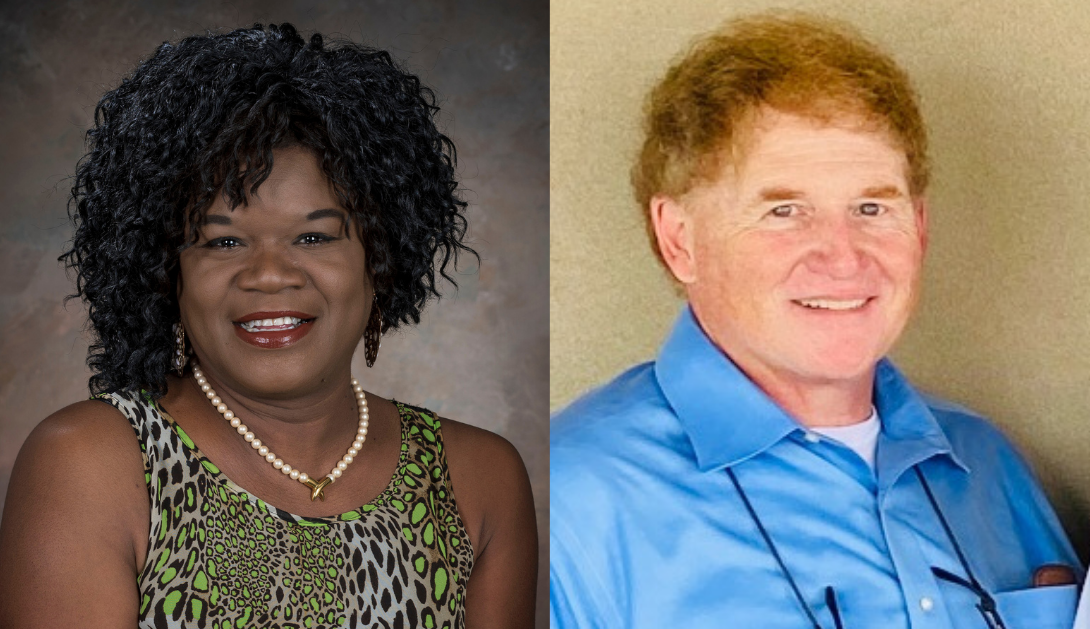
Sheila McDonald, left, and Philip Cauthen are the latest team members from NASA’s Marshall Space Flight Center to be named a HEO HErO. McDonald and Cauthen are building managers in the Payload and Mission Operations Division. Both work behind the scenes and set an example for fellow team members. Each week, NASA’s Human Exploration and Operations Mission Directorate recognizes HEO HErOes, team members from across the agency who have made vital contributions in their support of NASA’s mission to land the first woman and next man on the Moon by 2024. (NASA)
Time to Look Up: NASA Celebrates International Observe the Moon Night
As the Moon flies through its orbit around Earth, some quarter of a million miles away, NASA and people around the world will celebrate International Observe the Moon Night 2020 on Sept. 26. A virtual planetarium show hosted by the Planetary Missions Program Office at NASA’s Marshall Space Flight Center and the U.S. Space & Rocket Center will begin at 6:30 p.m. on YouTube.
The event – broadcasting from the U.S. Space & Rocket Center’s planetarium – will feature interviews with planetary and citizen scientists.
To learn more about the experience, visit here.
Dynetics’ Andy Crocker to Deliver Virtual Tech Talk
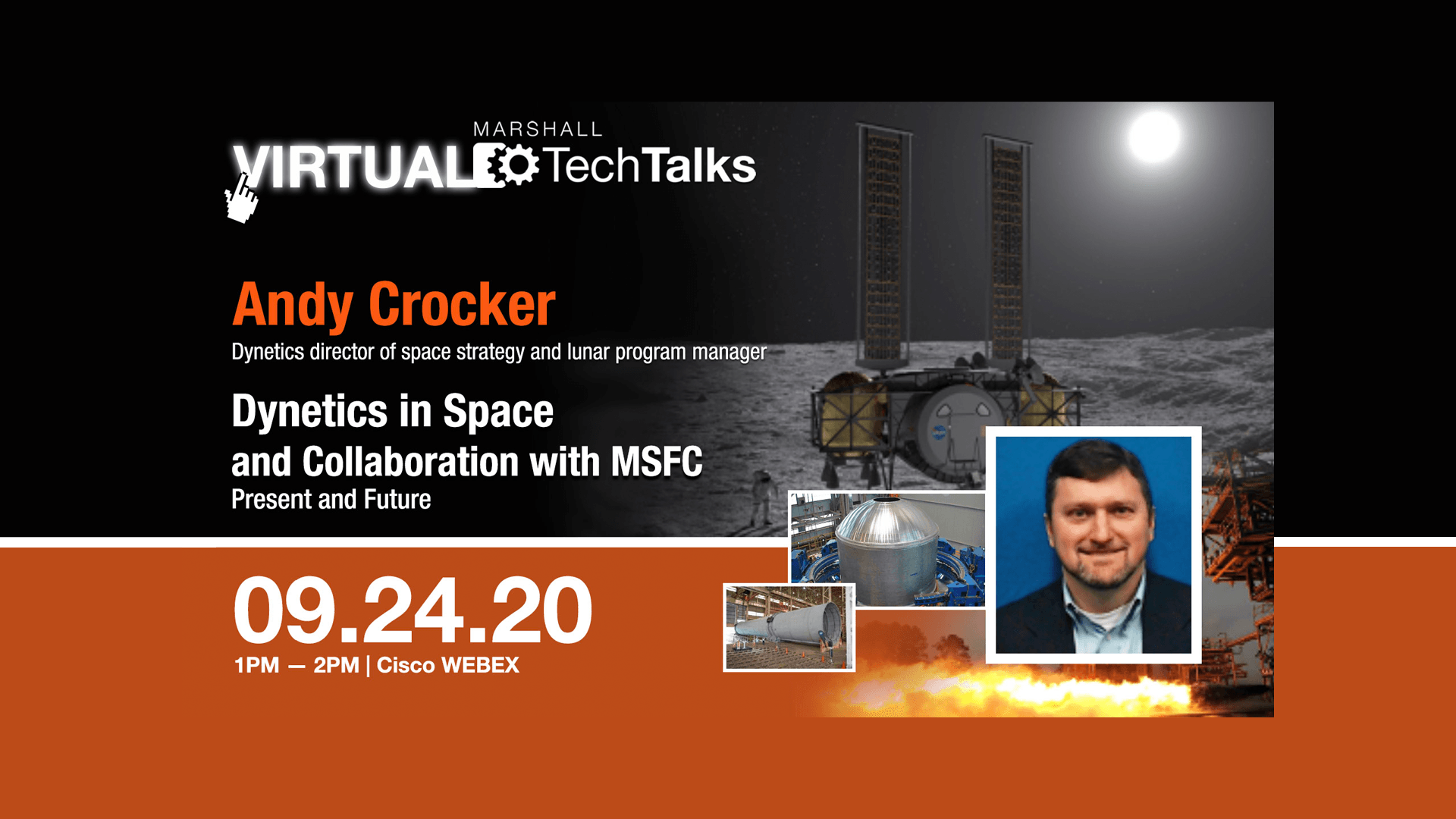
Andy Crocker, director of space strategy and lunar program manager for Huntsville-based Dynetics, will virtually present the latest installment of NASA’s Marshall Space Flight Center’s Tech Talk series at 1 p.m. Sept. 24. Crocker will discuss highlights of space projects, capabilities, and interests at Dynetics. He also will highlight recent and current Marshall and Dynetics collaborations. The talk will be streamed via Webex; login information can be found here. The Tech Talk series is presented by the Marshall Center Chief Technologist’s Office. (NASA)
SLS Milestone Highlighted on ‘This Week @NASA’
NASA’s Space Launch System rocket recently completed a milestone and is featured in “This Week @NASA,” a weekly video program broadcast on NASA-TV and posted online.
The agency completed the fifth Green Run test of the SLS core stage. The test verified the control system and hydraulics used to move the rocket’s engines. The eighth and final test of the series is a hot fire test targeted for this fall. SLS will be the backbone of the Artemis program that will send the first woman and next man to the Moon by 2024.
NASA’s Marshall Space Flight Center manages the SLS Program.
View this and previous episodes at “This Week @NASA” on NASA’s YouTube page.
This Week in NASA History: Flight of HEROES – Sept. 21, 2013
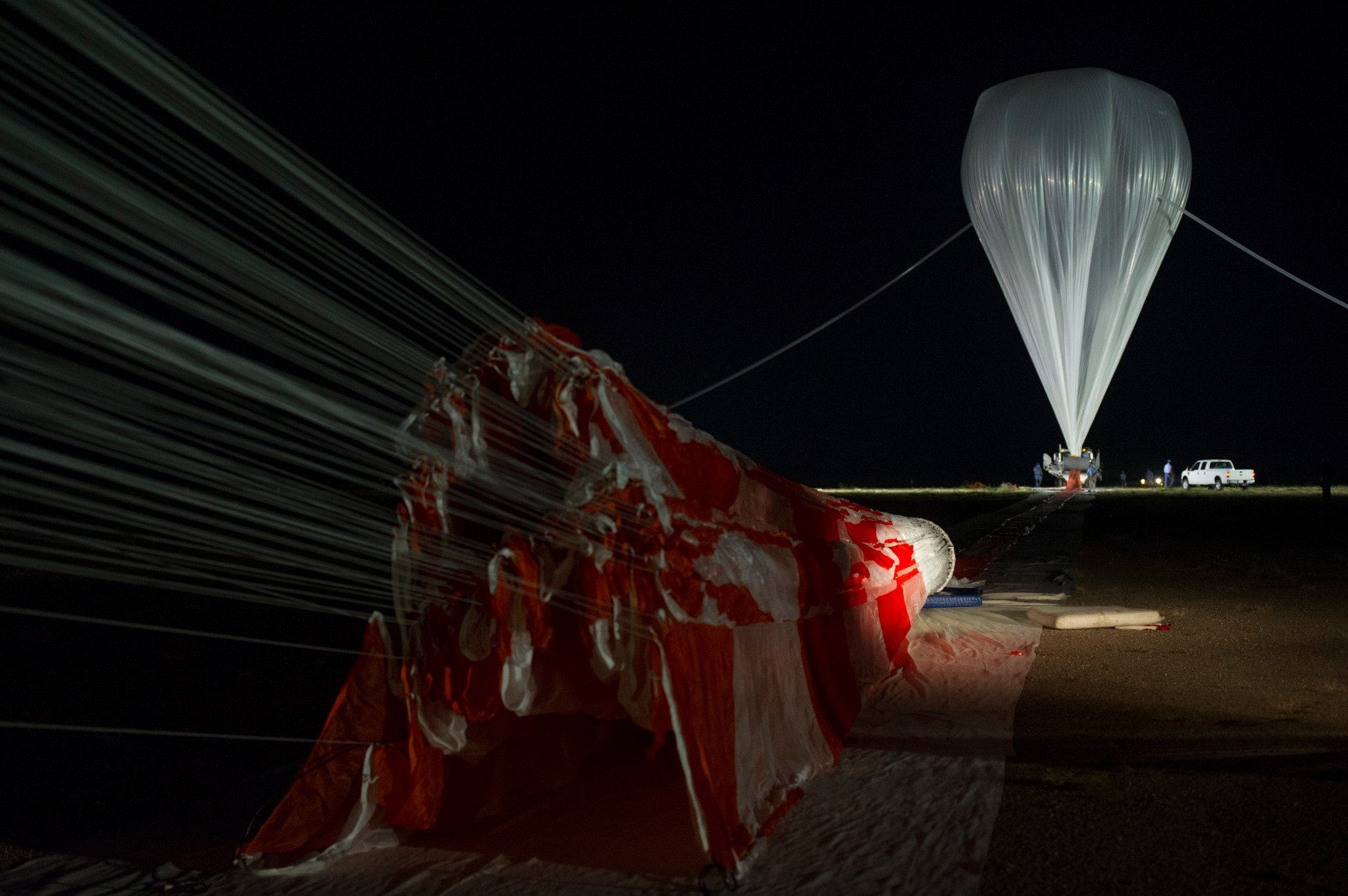
This week in 2013, the High-Energy Replicated Optics for Exploring the Sun mission launched aboard the Columbia Scientific Balloon from Fort Sumner, New Mexico. The mission was a collaborative effort between NASA’s Marshall Space Flight Center and NASA’s Goddard Space Flight Center. HEROES was designed to investigate the scale of high-energy processes in a pulsar wind nebula by mapping the angular vortex of hard X-ray emission; the acceleration and transport of energetic electrons in solar flares using hard X-ray imaging spectroscopy; the hard X-ray properties of astrophysical targets such as X-ray binaries and active galactic nuclei; and electron acceleration in the non-flaring solar corona by searching for the hard X-ray signature of energetic electrons. Here, the HEROES payload awaits launch as the helium balloon inflates in the background. The NASA History Program is responsible for generating, disseminating, and preserving NASA’s remarkable history and providing a comprehensive understanding of the institutional, cultural, social, political, economic, technological, and scientific aspects of NASA’s activities in aeronautics and space. For more pictures like this one and to connect to NASA’s history, visit the Marshall History Program’s webpage. (NASA)

























